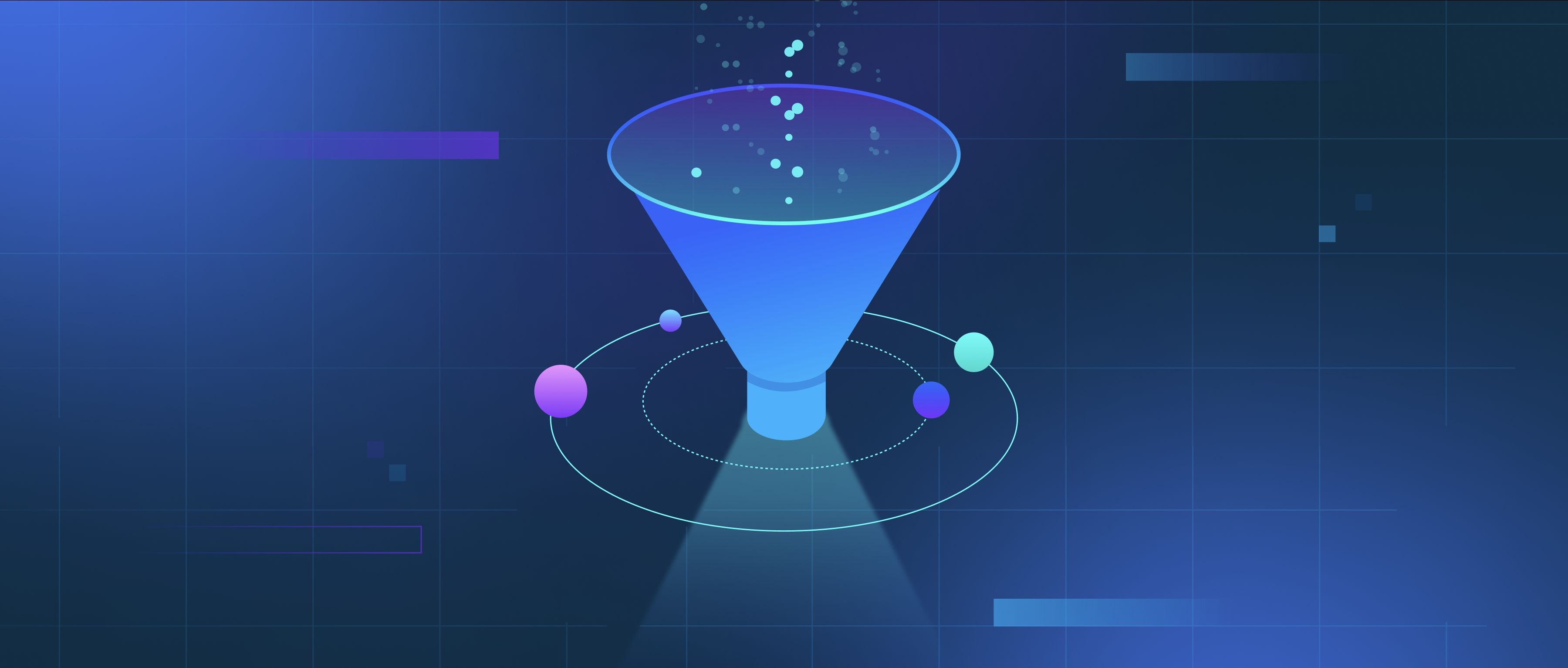Historical data and forecast data are two distinct types of information used in time series analysis. Historical data refers to the actual, collected records of events or measurements over time. This data is based on real observations and is essential for understanding patterns and trends that have occurred. For instance, if a company tracks its monthly sales figures over the past five years, this dataset would be considered historical data. It provides insights into past performance and can help identify seasonal trends, growth trajectories, or declines.
On the other hand, forecast data pertains to predictions about future events or measurements based on historical data analysis. Forecasting utilizes statistical methods and models to project what might happen in the future based on the trends observed in historical data. For example, using the same company’s sales figures, a developer might apply a time series forecasting model to predict next month's sales. This forecast would be purely speculative, relying on the patterns found in the historical data, even though it is crucial for planning and decision-making.
The key difference lies in their nature and purpose: historical data is factual and retrospective, while forecast data is predictive and prospective. Developers and technical professionals use these two types of data together to inform decisions, create reports, and build analytical models. Understanding this distinction allows for better data management and model implementation, ultimately enhancing the accuracy of future projections.
